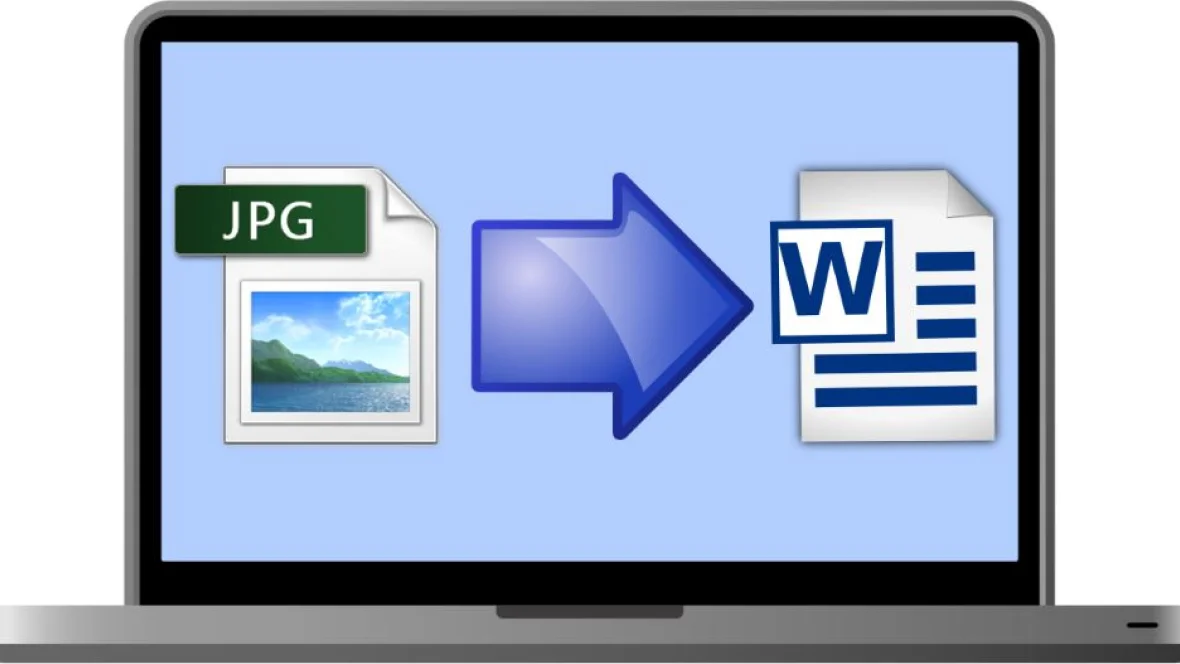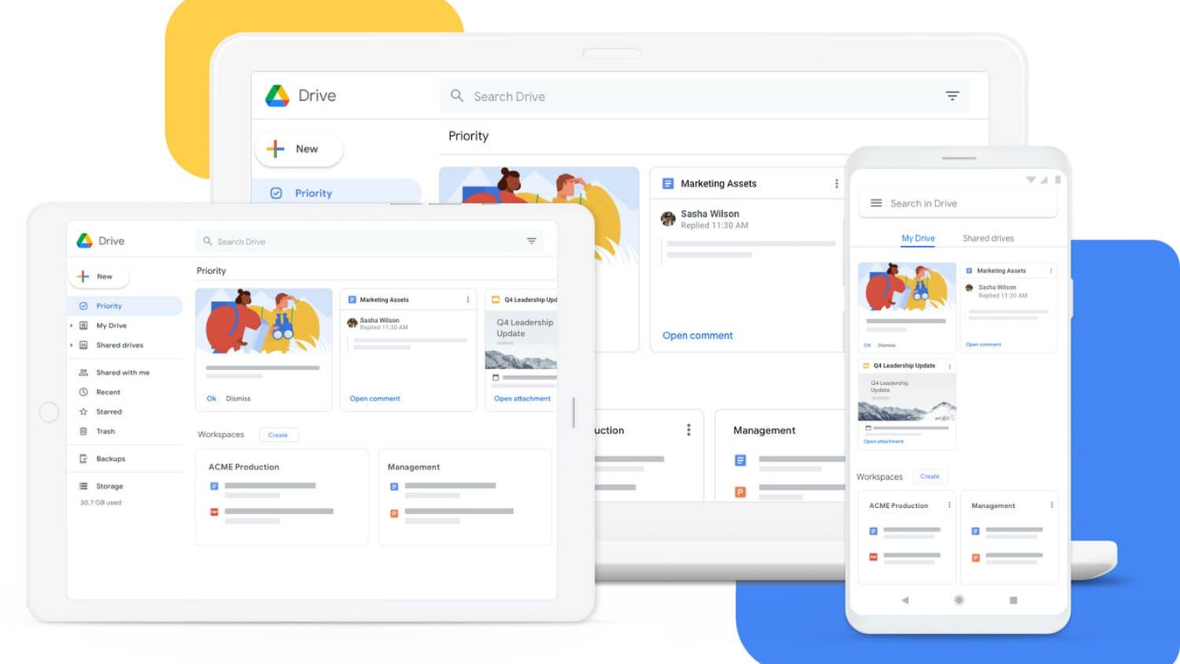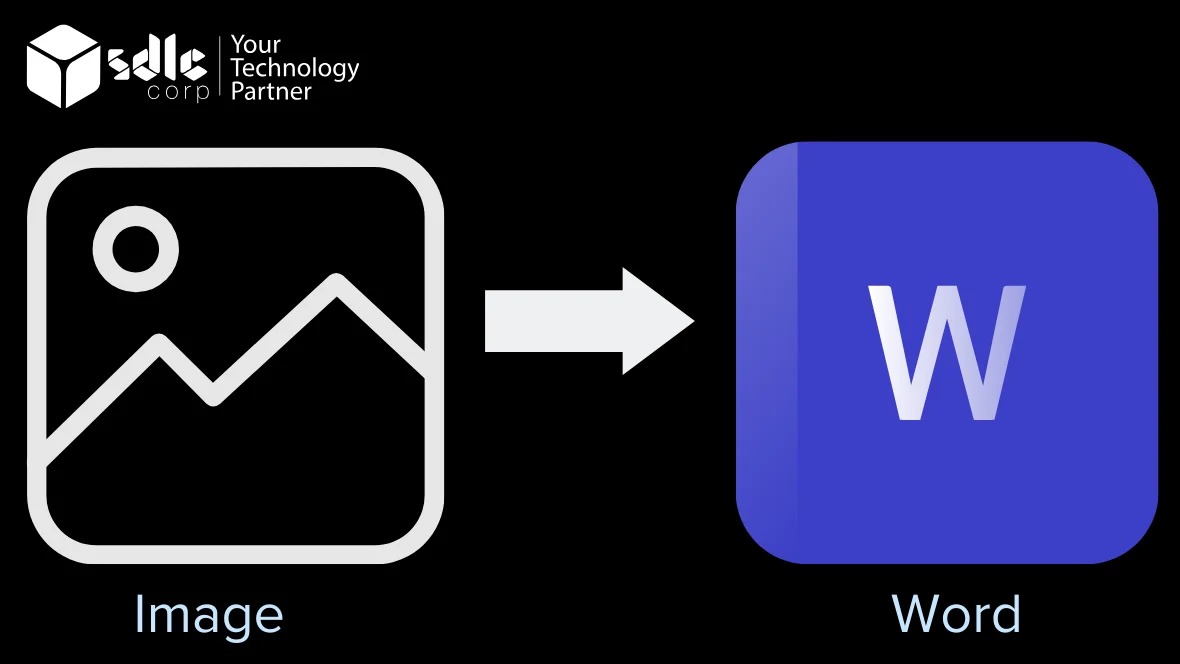In 2025, there are several easy methods available for converting images to Word documents, each offering varying levels of convenience and accuracy. One popular approach is to utilize Optical Character Recognition (OCR) technology, which essentially translates text from images to text. OCR software can be standalone or integrated into larger platforms, making it accessible across different devices and operating systems. With OCR, users typically upload an image containing text, whether it’s a scanned document, a photo of a printed page, or even text embedded within an image file. The software then analyzes the image, identifies characters, and converts them into editable text format.
Another method gaining traction in 2025 is through the use of mobile applications specifically designed for image-to-text conversion. These apps often leverage OCR technology but provide a more user-friendly interface tailored for mobile devices. Users can simply take a photo of the document using their smartphone camera and let the app handle the rest. Some apps offer additional features like cloud storage integration, language support, and text formatting options, enhancing the overall user experience.
Challenges while converting Image to Word document
Converting images to Word documents can present several challenges, particularly when accuracy and efficiency are paramount. One primary challenge is the preservation of formatting and layout. Images often contain complex structures such as tables, graphs, or text boxes, which may not translate seamlessly into editable Word documents. Maintaining the original arrangement while converting can be difficult, leading to inconsistencies or misinterpretations of the content.
To address these challenges, it’s essential to use high-quality OCR software capable of handling diverse image formats and recognizing various languages and fonts accurately. Additionally, pre-processing techniques such as image enhancement and noise reduction can improve OCR performance, enhancing the accuracy of text extraction. Regular validation and quality control checks should also be implemented to verify the accuracy of converted documents, particularly for critical financial data like account payable records. By overcoming these challenges, businesses can streamline their document management processes and enhance the efficiency of their account payable operations.

3 ways to convert image to Word
Method #1. Using an online image-to-Word converter
Method #2. Using automated OCR software
In 2025, converting images to editable text has become increasingly seamless thanks to advancements in Optical Character Recognition (OCR) technology. OCR software enables the conversion of scanned documents or images containing text into machine-encoded text that can be edited, searched, and manipulated like any other text document. Here’s a detailed description of how to utilize automated OCR software for converting images to Word documents or other text formats.
1. Choose a Reliable OCR Software
2. Upload or Scan the Image
3. Initiate OCR Conversion
4. Review and Edit the Converted Text
5. Save or Export the Text Document

Method #3. Using Google Drive
Google Drive offers a convenient and efficient platform for storing, organizing, and collaborating on various types of files, including images. While Google Drive itself doesn’t have built-in OCR functionality, you can seamlessly integrate third-party OCR tools to convert images to editable text within your Google Drive environment. Here’s a detailed description of how to utilize Google Drive for pdf to Google Docs conversion:
1. Upload the Image to Google Drive
Begin by uploading the image containing the text you want to convert to Google Drive. You can do this by simply dragging and dropping the image file from your computer into your Google Drive interface or by clicking on the “New” button and selecting “File upload.” Ensure that the image is clear and legible for optimal OCR accuracy.
2. Select an OCR Tool
3. Initiate Image to Text Conversion
4. Review and Edit the Converted Text
5. Save or Export the Text Document
"Start Converting Now! Try Our Simple Image to Word Strategies Today."

Why do you need to convert images to Word documents?
1. Editable Text
2. Preservation of Document Structure
When documents are scanned or photographed, they often lose their original formatting and structure. Converting images to Word documents helps preserve the structure of the original document, including headings, paragraphs, bullet points, and other formatting elements. This ensures that the converted document retains its readability and professional appearance.
3. Searchable Text
4. Accessibility Compliance
5. Collaborative Editing
6. Integration with Other Applications

How to Automate Image to Word Conversion with SDLCCORP?
1. Choose an OCR Software with Batch Processing
2. Organize Image Files
3. Configure OCR Software Settings
4. Initiate Batch Processing
5. Review and Edit Converted Documents
6. Implement Scripting or Automation Tools
7. Regular Maintenance and Updates
"Unlock Effortless Image to Word Conversion. Get Started with Our Proven Techniques!"

Benefits of Streamlining Image-to-Word Conversion in 2025: 3 Easy Strategies
In the fast-paced digital landscape of 2025, efficiency is paramount. Converting images to Word documents seamlessly and accurately is a necessity for various professions and tasks. Thankfully, with advancing technology, there are now three easy strategies to streamline this process, ensuring productivity and precision. Let’s delve into the benefits of these strategies and explore how they can revolutionize your workflow.
1. Optical Character Recognition (OCR) Technology:
2. Specialized Image-to-Word Conversion Software:
3. Online Conversion Services:
Conclusion
In conclusion, the year 2025 offers a plethora of efficient strategies for converting images to Word documents, catering to diverse needs and preferences. Leveraging Optical Character Recognition (OCR) technology, users can seamlessly transform non-editable image formats into editable text, thereby unlocking a myriad of possibilities. The integration of OCR tools with popular platforms like Google Drive streamlines the conversion process, enabling users to effortlessly extract text from images while preserving document structure and formatting. Additionally, the conversion of images to PDF format followed by PDF to Word conversion presents another straightforward approach, leveraging specialized online and offline tools. These strategies not only facilitate document editing and collaboration but also enhance accessibility and searchability, ultimately contributing to improved productivity and efficiency in various domains. As technology continues to evolve, the ease and versatility of converting images to Word documents in 2025 underscore the importance of staying abreast of advancements to optimize document management and workflow processes.
FAQS
What are the benefits of converting images to Word documents?
What are the three easy strategies for converting images to Word documents?
How does OCR software facilitate image to Word conversion?
What are some popular online conversion tools for image to Word conversion?
5. How can tecCan I convert images to Word documents using document processing software?hnology improve accounts payable processes?
Contact Us
Let's Talk About Your Project
- Free Consultation
- 24/7 Experts Support
- On-Time Delivery
- sales@sdlccorp.com
- +1(510-630-6507)















